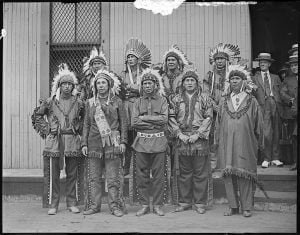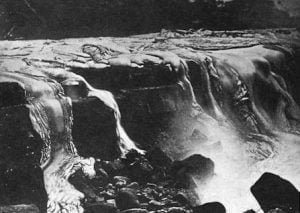Micmac Customs And Traditions
My information about the customs and traditions of the Micmac Indians of Nova Scotia has been derived almost entirely from Abram and Newell Glode, the first a man of seventy-three years, the latter somewhat younger and of exceptionally pure blood for a time when none are wholly so. These two Indians have justly achieved a reputation among their tribe for intelligence and knowledge of their native lore. During the many days I have spent with them at Digby and elsewhere I have invariably found them as eager and interested in being questioned as I was in catechizing them. However, in … Read more






